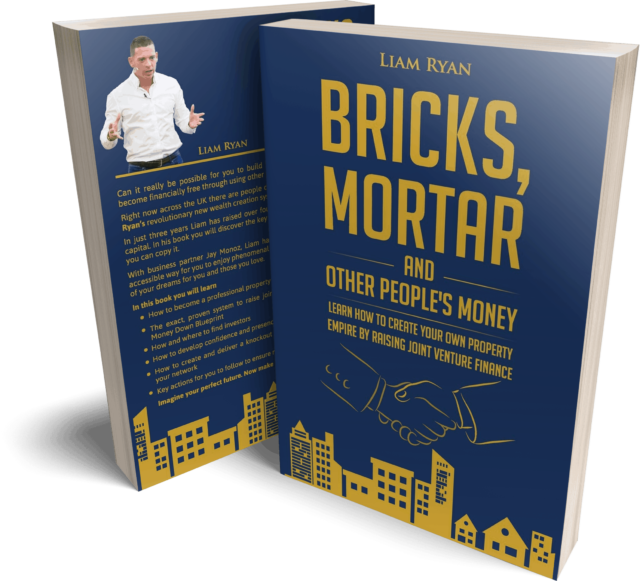Discover top-rated UK property investment events, bootcamps, and mentors, including Martin Roberts, Stuart and Scarlette Douglas.
Read More
There are multiple property investment types for you to choose from and making sure you have the right property for you is no easy decision without the necessary guidance.
Table of Contents
ToggleIn this article, we have featured our top 3 recommended property investment types to help guide you along the way.
One of the most common types of property investment is when you purchase a property with the intent of finding tenants to live in it. The rent should realistically cover any mortgage fees and other costs. A Buy-to-Let strategy is usually a mid-term to long-term investment, with returns made through the rental income, and the future sale of the property can turn a profit where applicable.
There are many factors to consider when investing in a Buy-to-Let property, including stamp duty, management fees if you have no intention of managing the property yourself, running and maintenance costs and finding and dealing with tenants. Most residential properties will work as a buy-to-let, given it meets the required standards. You must invest your time and money into the right Buy-to-Let property that suits your needs and goals.
HMOs are properties will multiple occupants living there. At least three tenants living in a property will put it under the HMO category if it has more than one household with a shared toilet, bathroom, or kitchen facility. Large HMOs have a minimum of five non-related tenants living together. HMOs are a prevalent investment option because they can return higher than average yields. However, they can be more costly from the beginning and require more management than a non-HMO property.
Most of the properties found throughout the UK are freehold, which means you own the property and the land around it. You are responsible for all its maintenance work. Over recent years it was possible to sell new-build houses on a leasehold rather than a freehold basis. However, it’s no longer possible to sell a new-build as a leasehold.
Owning a leasehold means you only own the property for the length of the lease agreement. Once the leasehold expires, the ownership will return to the freeholder.
You need to know how many years are left on the lease before you take the plunge and buy. Anything with less than 70 years and you might have an issue trying to get a mortgage, and it can be challenging trying to sell a property with a lease of fewer than 80 years. A leasehold means you won’t own the land. However, you might have to share certain costs with other leaseholders through services charges, ground rent, administration fees and buildings insurance.
Want to learn more about property investment?
Discover top-rated UK property investment events, bootcamps, and mentors, including Martin Roberts, Stuart and Scarlette Douglas.
Read MoreDiscover how to earn £1 million through UK property investing with practical strategies and expert tips for new and aspiring investors.
Read MoreGrow your UK property portfolio from scratch with expert tips, creative strategies and free online buy-to-let training.
Read MoreLearn property investment from UK experts with Assets For Life. Free courses, mentorship, and proven wealth-building strategies.
Read More
Claim Your Free Copy
Assets For Life LTD is a company incorporated in England and Wales with registered number 09935286 and registered offices at Assets for Life Ltd, Suite 105, Waterhouse Business Centre, 2 Cromar Way, Chelmsford, Essex, England, CM1 2QE, United Kingdom.
Assets For Life LTD is registered with the Information Commissioner’s Office, with registration number ZA280607
COPYRIGHT © 2024 ASSETS FOR LIFE, ALL RIGHTS RESERVED. WEBSITE BY AMPLIFY MARKETING